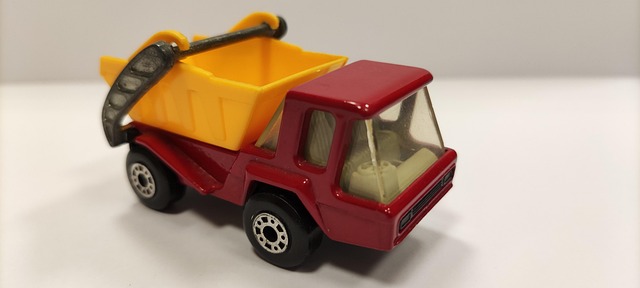Registering a car in California is a straightforward process, but it requires careful preparation and attention to detail. To ensure a smooth experience, gather all necessary documents, including proof of ownership, insurance, and identification. Start by verifying your vehicle’s Identification Number (VIN) using a trusted DMV VIN verifier to confirm its authenticity. Then, visit the California DMV or utilize online services to complete application forms, pay registration fees, and obtain your license plate.
- Prepare Required Documents for Car Registration
- Visit the California DMV or Use Online Services
- Verify Vehicle Identification Number (VIN)
- Complete and Submit Application Forms
- Pay Registration Fees and Obtain License Plate
Prepare Required Documents for Car Registration

Before registering your car in California, ensure you have all the necessary documents ready. The California Department of Motor Vehicles (DMV) requires specific paperwork for a successful registration. One crucial step is to obtain a Vehicle Identification Number (VIN) verification report. You can facilitate this process using a DMV VIN verifier or opt for a mobile vin inspection service, which simplifies things by allowing you to complete the check from the comfort of your home or garage.
This includes presenting the vehicle’s title, which proves ownership, and a valid driver’s license or identification card. Additionally, proof of insurance is mandatory, so ensure you have your policy details handy. Other required documents may include registration cards from previous states, if applicable, and any relevant maintenance records. Properly preparing these documents beforehand streamlines the car registration process at the DMV.
Visit the California DMV or Use Online Services

In California, registering your car involves either visiting the California Department of Motor Vehicles (DMV) in person or utilizing their online services. For those who prefer a more convenient approach, many DMV tasks can now be completed through the California DMV’s website and mobile apps. Using these digital tools, you can start the registration process from home, including initiating vehicle history reports with a simple VIN verifier. A Vehicle Identification Number (VIN) is a unique code that identifies your car, and a VIN verifier ensures the accuracy of this critical information.
If you opt for in-person registration, head to your nearest DMV office. Bring along essential documents like proof of identification, ownership transfer paperwork, and any required fees. Alternatively, some services offer mobile vin verification and inspection, allowing you to complete certain steps remotely, saving time and effort.
Verify Vehicle Identification Number (VIN)

Before you begin the registration process, it’s crucial to verify your vehicle’s Vehicle Identification Number (VIN). This unique 17-character code is a critical component in identifying your car and ensuring its authenticity. You can easily perform a VIN inspection yourself using various online tools or mobile apps designed for this purpose. Many of these services allow you to simply enter the VIN number and receive instant results, confirming the vehicle’s make, model, year, and even checking for any outstanding recalls.
A mobile vin verification service is particularly convenient as it lets you conduct this check from the comfort of your home or while you’re on the go. This step is essential when registering a car in California with the Department of Motor Vehicles (DMV), as it helps prevent fraud and ensures that you have accurate information for the registration process.
Complete and Submit Application Forms

To initiate the registration process for your car in California, you’ll need to complete and submit several application forms. The first step involves gathering essential documentation, including proof of ownership, vehicle identification number (VIN) verification from a trusted source like a DMV VIN verifier or mobile vin verifier, current insurance details, and any applicable fees. Ensure all information is accurate and up-to-date.
Once prepared, submit your application to the California Department of Motor Vehicles (DMV). They will verify the VIN using their systems and conduct an inspection if required. The process streamlines with the use of a mobile vin verifier, allowing for quicker turnaround times. Remember, proper documentation is key to ensuring a smooth registration experience.
Pay Registration Fees and Obtain License Plate

After completing your vehicle’s purchase, the next step in registering your car in California involves paying the registration fees and obtaining license plates. Head to a California Department of Motor Vehicles (DMV) office or use their online services to pay the required fees. These fees cover vehicle registration, license plate issuance, and various other taxes and charges. The DMV will also require you to present essential documents, such as proof of insurance, ownership, and identification.
Once your payment is processed, you can request a set of license plates for your vehicle. In California, these plates are typically assigned based on the vehicle’s make and model. You can choose between standard or specialized plates, depending on your preferences and requirements. For added convenience, consider utilizing mobile vin inspection or a mobile vin verification service to streamline the process, ensuring a quicker and more efficient registration experience.
Registering a car in California is a straightforward process, whether you do it in-person at the DMV or utilize online services. By preparing the necessary documents, verifying your vehicle’s Identification Number (VIN) using a trusted DMV VIN verifier, and completing the application forms accurately, you’ll be well on your way to securing your new vehicle’s registration. Don’t forget to pay the required fees and pick up your license plate for a complete registration experience.
